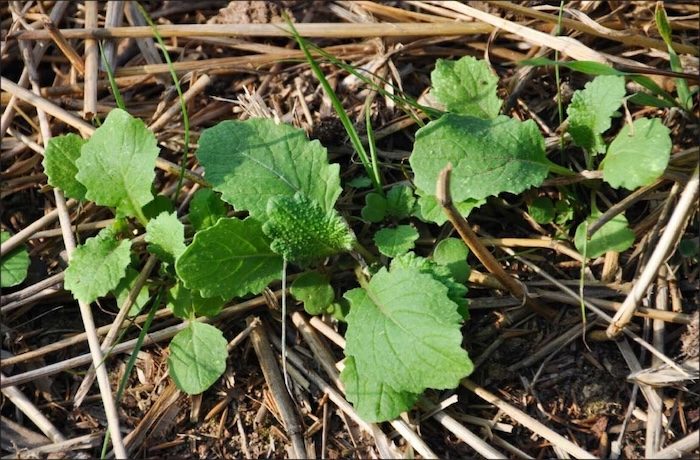Results from the annual Iowa Nutrient Research & Education Council crop survey show Iowa farmers planted more than 3.8 million acres of cover crops in the 2023 crop year.
INREC initiated the yearly survey in 2017 as part of the Iowa Nutrient Reduction Strategy to track tillage practices, crop rotations and nitrogen, phosphorus and manure fertilizer applications. These practices can reduce the amount of nutrients, notably nitrogen and phosphorus, that run off cropland and into waterways.
Ben Gleason, the council’s executive director, said the use of cover crops has increased significantly since the non-profit started the survey.
In 2017, just 1.6 million acres of Iowa’s approximately 23 million acres of corn and soybean cropland had a cover crop planted. That amount has more than doubled in the past seven years, bringing the percentage of cropland with a cover crop to nearly 17% in 2023, according to the most recent survey results.
“That’s not a small amount,” Gleason said.
Cover cropping is a practice of seeding a crop such as cereal rye, oats, wheat, radishes or turnips into the soil between cash crop rotations to improve soil health, minimize soil erosion and in some operations, create a food source for cattle.
According to the Sustainable Agriculture Research and Education program, cover crops can reduce the amount of nitrogen runoff from a field by nearly 50%.
“We’re making progress, but we’ve got a long ways to go just because of the scale we’re trying to reach,” Gleason said.
Incentives to plant
Gleason also said conservation practices, “don’t happen in a vacuum,” and that the council is always considering what else might have caused the use of a certain practice to increase or decrease in a given period.
Bill Frederick, co-owner of Iowa Cover Crop, a seed and service company that helps farmers implement cover crop systems, said his business has increased by 30% to 50% each year since opening.
“We’re always chasing that next level of adopters,” Frederick said and noted that the company has also retained most of its customers over the past 10 years.
There are a number of private and public funding streams that Frederick said his company helps farmers navigate so they can implement a cover crop for “basically no cost” which makes it an “easier sell.”
According to the Environmental Working Group conservation database, Iowa farmers received nearly $300 million to help implement conservation practices through the USDA’s Conservation Stewardship Program and Environmental Quality Incentives Program between 2017 and 2022.
For farmers who also raise cattle, Frederick said the cost of the cover crop is easily offset by grazing the cattle on the crop.





Post a comment
Report Abusive Comment